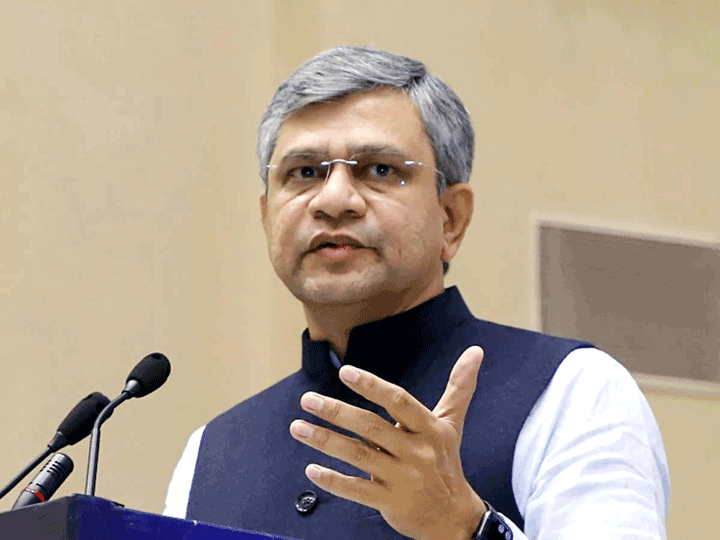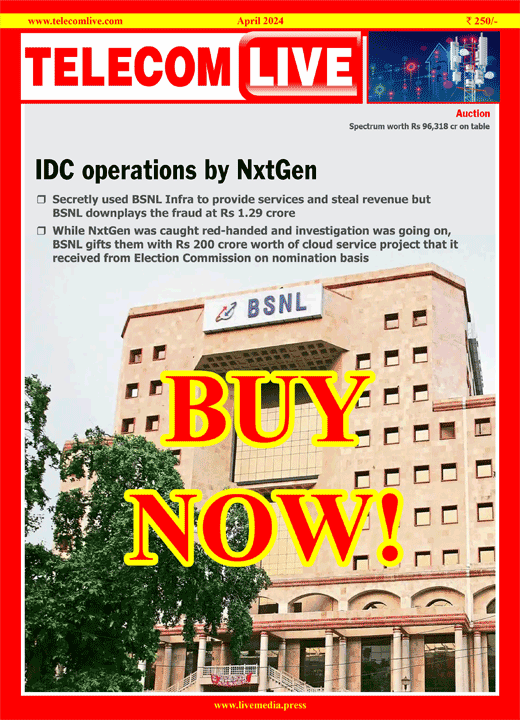VMware eyeing Indian telecom sector to boost its growth: CEO
After establishing its presence in the banking and the government institutions in India, Cloud infrastructure and business mobility major VMware is eying the vast telecommunications sector to further boost its growth, its CEO Pat Gelsinger has said.
“We have clearly been the leader in the banking sector and have had good success with the governmental institutions. And the one sector that we have started to have much more success is the telecommunication sector,” Gelsinger told in an interview here.
Palo Alto, California-headquartered VMware, which clocked over $7 billion in revenue in 2016, has now entered into a strategic partnership with Bharti Airtel, Gelsinger said, adding: “Bharti Airtel will be making extensive use of our products.”
In September, Vodafone entered into a software licensing agreement with VMware in order to access a range of the technology vendor’s products.
As part of that agreement, VMware will be one of the vendors to support the operator’s global roll out of Network Functions Virtualisation (NFV) to accelerate its delivery of future products and services in a rapid, cost-efficient manner.
Software-defined virtualised platforms and services are an important part of the plans for service providers as they evolve their mobile networks towards the introduction of 5G in around 2020.
The technology vendor has over 500,000 customers and 75,000 partners worldwide. It helps organisations accelerate their digital transformation journeys by modernising data centres and integrating public Clouds, driving innovation with modern apps, empowering the digital workspace, and transforming security.
Key to VMware’s success, said Gelsinger, has been innovation in products and strategic partnership with major players like Amazon, IBM, HP and Microsoft.
“In terms of headcount, India has now passed Palo Alto as VMware’s biggest site,” the CEO told IANS.
The R&D team in India plays a critical role in product development in all of VMware’s strategic imperatives — the software-defined data centres (SDDCs), Hybrid Cloud and end-user computing.
Developers in Bengaluru and Pune contribute crucial components of VMware’s key technologies. The main technology areas are software-defined networking, virtualisation, virtual desktops, digital workspace, enterprise mobility management, Cloud automation and operations monitoring.
“India is a great talent base for me. It’s also a great market. Everything is big here in India,” said Gelsinger.
“Moreover, most of the technology companies are here, offering us opportunity to partner with them to reach the world. So we have three reasons to be here — the talent, market opportunity and forging global partnerships,” the CEO of the Dell-owned firm added.
“The strategic partnership with Amazon has accelerated our strategic alignment with our customers the most,” Gelsinger added.
Overall, VMware increasingly finds its is able to partner even with companies it might compete against.
“For example, with Microsoft we compete in some areas, and collaborate in others. But the core innovation that we have done has put us years ahead of the competition. We are massively ahead of others in core virtualisation. We are a clear leader in network virtulisation,” Gelsinger noted.
After establishing its presence in the country in 2005, VMware India has grown to become a strategic contributor to the company’s global innovation engine.
The firm’s presence in India has now expanded to six locations, including R&D centres in Bengaluru and Pune.
“We make our customers successful. We will do everything for them to have a successful engagement. Finally, we have the best values as a company. And one part of that is giving back. The idea of giving back resonates with both the communities we engage with and the employees as well,” he said.
VMware consistently focuses on what it calls cyber hygiene and infrastructure security for its customers.
“Technology companies have largely failed our customers in the area of cyber security. So we build many of the base-level security capabilities directly into our products,” Gelsinger added.











